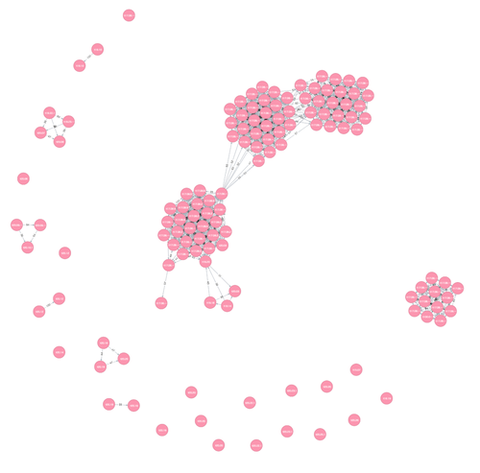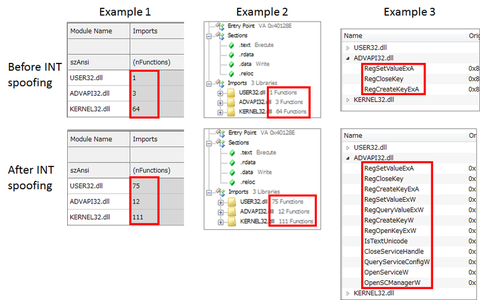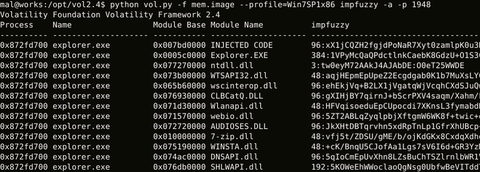The Volatility Foundation released Volatility 3 Public Beta, a new version of Volatility Framework in October 2019. The version not only offers compatibility with Python 3 but also has a lot of functional updates from Volatility 2. (Please see Volatility 3's official page for more details.) Particularly, creating plugins is much easier with Volatility 3 compared to the previous version. Volatility 3’s official release is planned for August 2020, and...
List of “impfuzzy”
-
-
In a past article, we introduced “impfuzzy for Neo4j”, a tool to visualise results of malware clustering (developed by JPCERT/CC). In this article, we will show the result of clustering Emdivi using the tool. Emdivi had been seen until around 2015 in targeted attacks against Japanese organisations. For more information about Emdivi, please refer to JPCERT/CC’s report. Clustering Emdivi with impfuzzy for Neo4j Emdivi has two major variants - t17...
-
Hi again, this is Shusei Tomonaga from the Analysis Center. This entry introduces a malware clustering tool “impfuzzy for Neo4j” developed by JPCERT/CC. Overview of impfuzzy for Neo4j impfuzzy for Neo4j is a tool to visualise results of malware clustering using a graph database, Neo4j. A graph database is a database for handling data structure comprised of records (nodes) and relations among the records. Neo4j provides functions to visualise registered...
-
When analysing Windows executable file type (PE file) malware, a tool to parse and display the PE file’s structure (hereafter “PE analysis tool”) is often used. This tool enables referring to a list of APIs that the malware imports (Import API) and functions that it exports. By analysing the data, it is possible to presume the malware’s function as in communicating with external servers or creating registry entries, etc. In...
-
Hi again, this is Shusei Tomonaga from the Analysis Center. Today I will introduce a tool “impfuzzy for Volatility”, which JPCERT/CC has created for extracting known malware from memory images and utilises for analysis operations. Malware Detection in Memory Forensics To judge if a file type malware sample is a known kind, the easiest and fastest way is to check the hash value (e.g. MD5 or SHA 256) of the...
-
Hello all, this is Shusei Tomonaga again. Generally speaking, malware analysis begins with classifying whether it is known malware or not. In order to make comparison with the enormous number of known malware samples in the database in a speedy manner, hash values are used, derived by performing hash functions to the malware sample. Among the different hash functions, traditional ones such as MD5 and SHA1 derive totally different hash...







